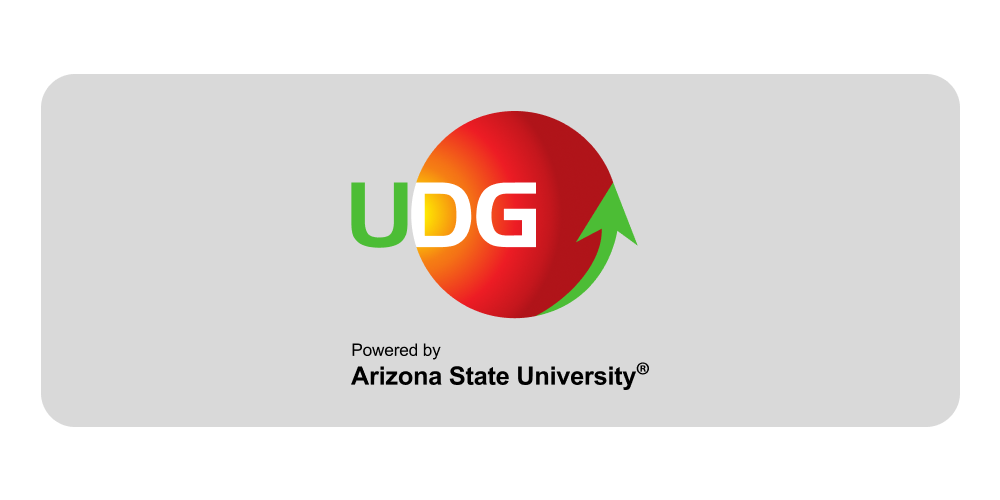Deklinacija brojeva dva, oba, tri i četiri u kajkavskim pravnim tekstovima od 16. do 18. Stoljeća
2011
Croatian
Autori se u članku bave deklinacijom brojeva dva, oba, tri i četiri u kajkavskim tekstovima pravne regulative od 16. do 18. stoljeća. Kao korpus za jezičnu analizu uzimaju 23 teksta iz 16. st., 40 tekstova iz 17. st. i 19 tekstova iz 18. st. U jezičnoj se analizi posebna pažnja posvećuje usporedbi između oblika dvojine i množine u deklinaciji brojeva dva i oba, kao i razvoju množinskih oblika u deklinaciji brojeva tri i četiri. Autori navode sve zabilježene oblike brojeva dva, oba, tri i četiri, uspoređuju njihovu pojavnost u različitom vremenskom presjeku i na temelju rezultata jezične analize nude deklinacijski tip navedenih brojeva. Deklinacija brojeva u kosim padežima promatra se s obzirom na to jesu li navedeni brojevi dijelom prijedložnih ili neprijedložnih izraza, a posebno je pitanje učestalosti indeklinabilnih oblika.In this paper the authors discuss some interesting facts about the declension of the numerals two, both, three and four in Kajkavian legal texts from the 16th to 18th century. The language analysis is based on eighty two Kajkavian legal texts (23 from the 16th, 40 from the 17th, and 19 from the 18th century). Special attention has been paid to the question of the relation between plural and dual in the declension of the numerals two and both, as well as to the development of the plural in the declension of the numerals three and four. All recorded forms of the numerals two, both, three and four are given for all cases and their appearance is compared between different time periods. Number declension also is examined in prepositional phrases. At the end of the paper the frequency of the nondeclinable forms of the numerals two, both, three and four is given
Deklinacija brojeva dva, oba, tri i četiri u kajkavskim pravnim tekstovima od 16. do 18. Stoljeća
 Kuzmić, Martina
,
Kuzmić, Boris
Kuzmić, Martina
,
Kuzmić, Boris
Autori se u članku bave deklinacijom brojeva dva, oba, tri i četiri u kajkavskim tekstovima pravne regulative od 16. do 18. stoljeća. Kao korpus za jezičnu analizu uzimaju 23 teksta iz 16. st., 40 tekstova iz 17. st. i 19 tekstova iz 18. st. U jezičnoj se analizi posebna pažnja posvećuje usporedbi između oblika dvojine i množine u deklinaciji brojeva dva i oba, kao i razvoju množinskih oblika u deklinaciji brojeva tri i četiri. Autori navode sve zabilježene oblike brojeva dva, oba, tri i četiri,...
Download
Croatian
2011
 Kuzmić, Martina
,
Kuzmić, Boris
Kuzmić, Martina
,
Kuzmić, Boris






